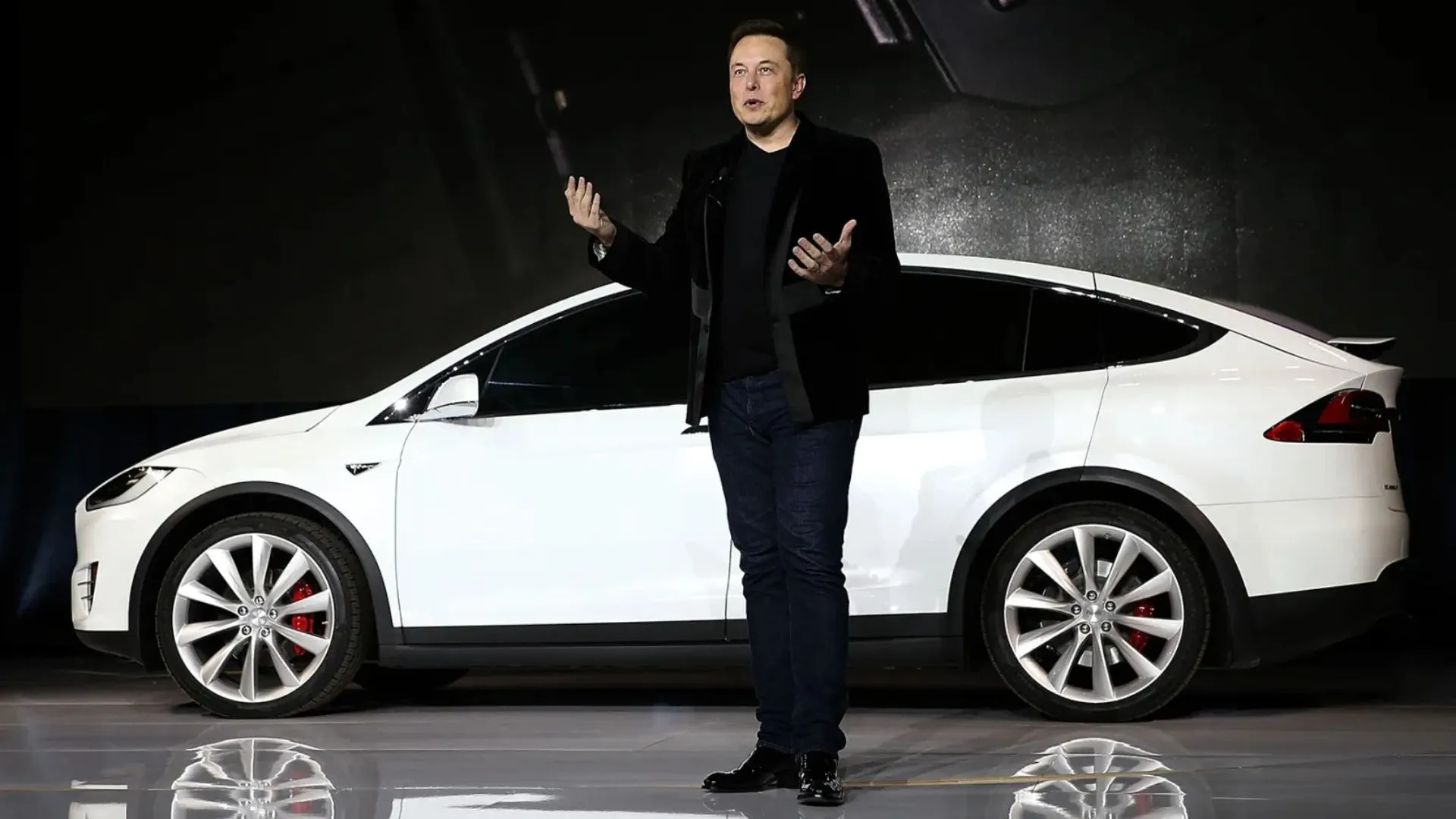Once again, meme stocks are causing tremors on Wall Street, a development that shouldn’t come as much of a shock. Since smaller-pocketed and novice investors started driving stock prices of struggling companies to remarkable heights three years ago, the likelihood of further flare-ups has been apparent.
This time around, there are some notable differences. The most significant departure from the initial GameStop stock supernova is the sense of familiarity brought about by the events of 2021. Experts suggest that this familiarity, coupled with certain market changes, should enable Wall Street to better comprehend these movements without posing a threat to the overall system.
In 2021, GameStop tested the capacity and resilience of securities markets in a way that “few could have anticipated,” the staff of the U.S. Securities and Exchange Commission said in a report later that year.
However, some aspects remain unchanged. Chief among them is the risk of potential loss accompanying the opportunity to quickly earn money by trading in such volatile stocks.
What’s going on?
GameStop, the pioneer of meme stocks, has experienced a sudden and significant surge. On Tuesday afternoon, it rose by approximately 45%, following a 74% surge the previous day. Similarly, other meme stocks from the pandemic era are undergoing equally dramatic movements, with AMC Entertainment, the movie theater operator, jumping roughly 29% on Tuesday.
Is it appropriate for them to be rising so rapidly?
Financial analysts and professional investors, primarily concerned with metrics like profits, cash flow, and interest rates, would likely argue against such rapid increases. GameStop’s financial outlook remained unchanged over the weekend, preceding the dizzying rise in its stock price. While the video-game retailer did manage to post a modest profit in its most recent fiscal year after years of losses and significant cost and job reductions.
What instigated it?
A surge in momentum driven by buyers is responsible. While conventional wisdom suggests that a stock should eventually stabilize at a price reflecting the company’s cash generation and other factors, in the short term, it’s dictated by investor demand. Currently, people are willing to pay significantly higher prices for GameStop shares.
You expected me to mention Roaring Kitty there, right?
Yes, indeed. The catalyst for this momentum could very well be attributed to an individual known as Roaring Kitty. He played a central role in GameStop’s initial surge, renowned for his trademark red bandana and candid demeanor. Through platforms like YouTube, Reddit’s WallStreetBets forum, and even during congressional testimony, he rallied fellow buyers, expressing his enthusiasm for the stock. This led to GameStop’s stock price skyrocketing by over 1,700% in the first few weeks of January 2021.
What was Roaring Kitty’s recent action?
After being inactive since June 18, 2021, TheRoaringKitty’s X account posted a meme on Sunday evening. The meme depicted a person transitioning from a relaxed position to an alert one while playing a video game. Many social media users interpreted this as a signal, leading to forums buzzing with discussions of people buying GameStop. This enthusiasm quickly translated into screenshots showcasing profits made from trading GameStop.
How can the reaction be so swift?
This phenomenon reflects the modern era of investing, where purchasing stocks with zero commissions is as simple as a few taps on a phone. It’s the culmination of years of innovation, with each advancement widening the playing field for investors and enabling more people to participate in the stock market. However, this ease of access also raises concerns about the potential for impulsive or hasty trading behaviors.
How significant has the reaction been, really? Is it all exaggerated?
The reaction has been frenzied. GameStop’s share price exhibited such sharp swings after Monday’s opening bell that trading in the stock was halted nine times in just over an hour. Tuesday saw even wilder movements for AMC Entertainment, with its trading halted 18 times by early afternoon.
How does this compare to the situation in 2021?
It’s not as substantial. On Monday, investors injected a net of $15.8 million into GameStop, along with $37.5 million into AMC, according to data from Vanda Research. This pales in comparison to the $87.5 million and $170 million, respectively, seen in 2021.
“Do we think more retail traders can jump in on the trend in the coming days? Yes,” according to Marco Iachini, senior vice president at Vanda Research. “Do we think this is a repeat of 2021? No, and the chances we reach that stage are low.”
Big hedge funds and other professional investing firms are reportedly better prepared to manage the current situation. They may be capitalizing on the momentum alongside small-time investors, intending to exit their trades before them. This strategy could potentially leave smaller investors shouldering the risk.
What else is different?
Nick Battista, director of market intelligence at tastylive, notes that meme-stock companies now have a higher volume of shares trading in the market compared to 2021. This increased liquidity could reduce the likelihood of what’s known as a “short squeeze.”
A short squeeze, a relatively uncommon occurrence, can lead to substantial profits for investors riding the wave. In a short squeeze, investors who have bet against a stock’s price by short-selling it may find themselves compelled to buy shares to cover their positions as the price rises. This can result in rapid price appreciation.
Indeed, when a heavily shorted stock experiences a rapid price increase, short sellers may rush to cover their positions. This can trigger a self-perpetuating cycle, as their buying activity further drives up the stock price.
This scenario, known as a short squeeze, likely played a role in GameStop’s dramatic rise in 2021. However, the SEC’s staff noted that it constituted only a small portion of overall purchases. Additionally, GameStop’s stock price remained elevated even after short sellers exited their trades.
GameStop in March had roughly 305.9 million shares of its stock trading in the market, more than four times the number of shares it had in March 2021. Such growth “greatly increases the amount of activity needed to squeeze higher” for GameStop and other meme stocks, Battista said. “Can they move higher? Sure, but it’s going to be a tougher task this time around.”
What are the risks associated with participating?
It’s crucial to recognize that momentum in the market can swiftly reverse course. In 2021, GameStop’s stock surged from under $5 to over $120 in just four weeks, only to retreat afterward. Despite recent spikes, GameStop shares are still trading around $44.
Similarly, consider Tuesday’s trading activity: GameStop’s stock more than doubled in the morning, reaching over $64, before relinquishing much of its gains in afternoon trading and settling at $44.40.
Another example is AMC’s stock, which briefly soared to $390 in the summer of 2021 but was trading below $3 last week. It has since rebounded to nearly $7.




















